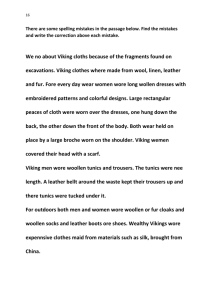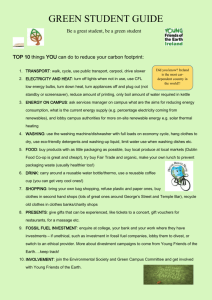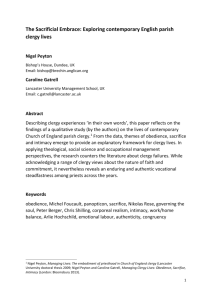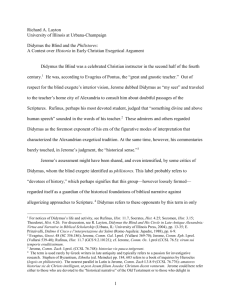The Canterbury Tales
advertisement
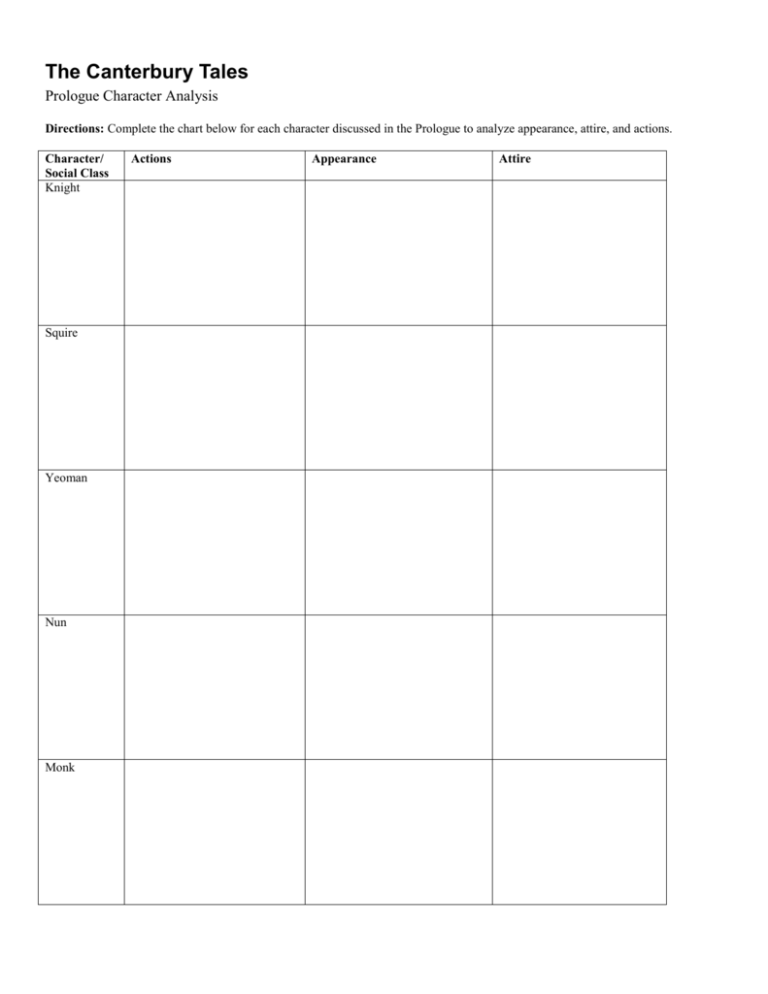
The Canterbury Tales Prologue Character Analysis Directions: Complete the chart below for each character discussed in the Prologue to analyze appearance, attire, and actions. Character/ Social Class Knight Squire Yeoman Nun Monk Actions Appearance Attire Friar Merchant Oxford Cleric Sergeant at the Law Franklin Guildsmen (Haberdasher, Dyer, Carpenter, Weaver, Carpetmaker) Cook Skipper Doctor Wife of Bath Parson Plowman Miller Manciple Reeve Summoner Pardoner Host Middle Ages – Characteristics of Social Classes Nobility Bright colored clothing Elaborate designs High collars Accessories: furs or jewelry; silk and fine leather belts Clothes made of wool, linen undergarments Winter: clothes with fur, long fitted tunics Spring/Summer: shorter tunics, fitted pants, pleated skirts Shoes: The length of the toe was said to indicate the rank of the wearer Job was to defend other social classes Hereditary – born in only Political, military, legal lords Clergy Clothing made of wool White, brown, or black – not dyed Simple in style, designed for comfort Cloaks with hoods and habits Rope belt with wooden beads for counting prayers Different colors represented different Holy Order Clergy at larger churches dressed more ornately than those at smaller churches No inheritance; performance was basis for advancement Younger sons who did not inherit father’s position often entered clergy Educated Appeal for charity to the poor Rejected temptations of material world Merchant Class Bright colors Better quality material Clothing adorned with silver or other metals Tunics, jackets, hose (leggings), breeches Felt hats Decorative and practical items were hung from belts Made goods for people in the nobility and aristocracy and others from the merchant class Could afford luxuries Economic jobs in cities (banking, overseas trading, buying & selling goods) Owned land Elected town officers Legal skills Guilds – labor unions Peasants Simple: straw hats that they made themselves Linen undergarments that they made themselves Leather flasks Hose (leggings/pants) Pewter badges or good luck charms Shabby clothes, rarely taken off (skin ailments) Leather boots could be found among the peasants, but bare feet were common Short cropped hair Jack of all trades (farming, making own clothes & shoes, fixing tools) Specialized (blacksmiths, wheelwrights, carpenters, bakers) Women dressed similarly to men (skirts instead of trousers) Opportunities to escape farm life by moving to cities (skilled craftsmen) Women Women were defined by their husband’s social class. Older men often married very young women and the women usually outlived her husband, she was usually a young widow and her family often forced her to marry again. If a woman fell in love with someone her family disapproved of, she was often sent away to become a nun; therefore, not all nuns acted like nuns.

